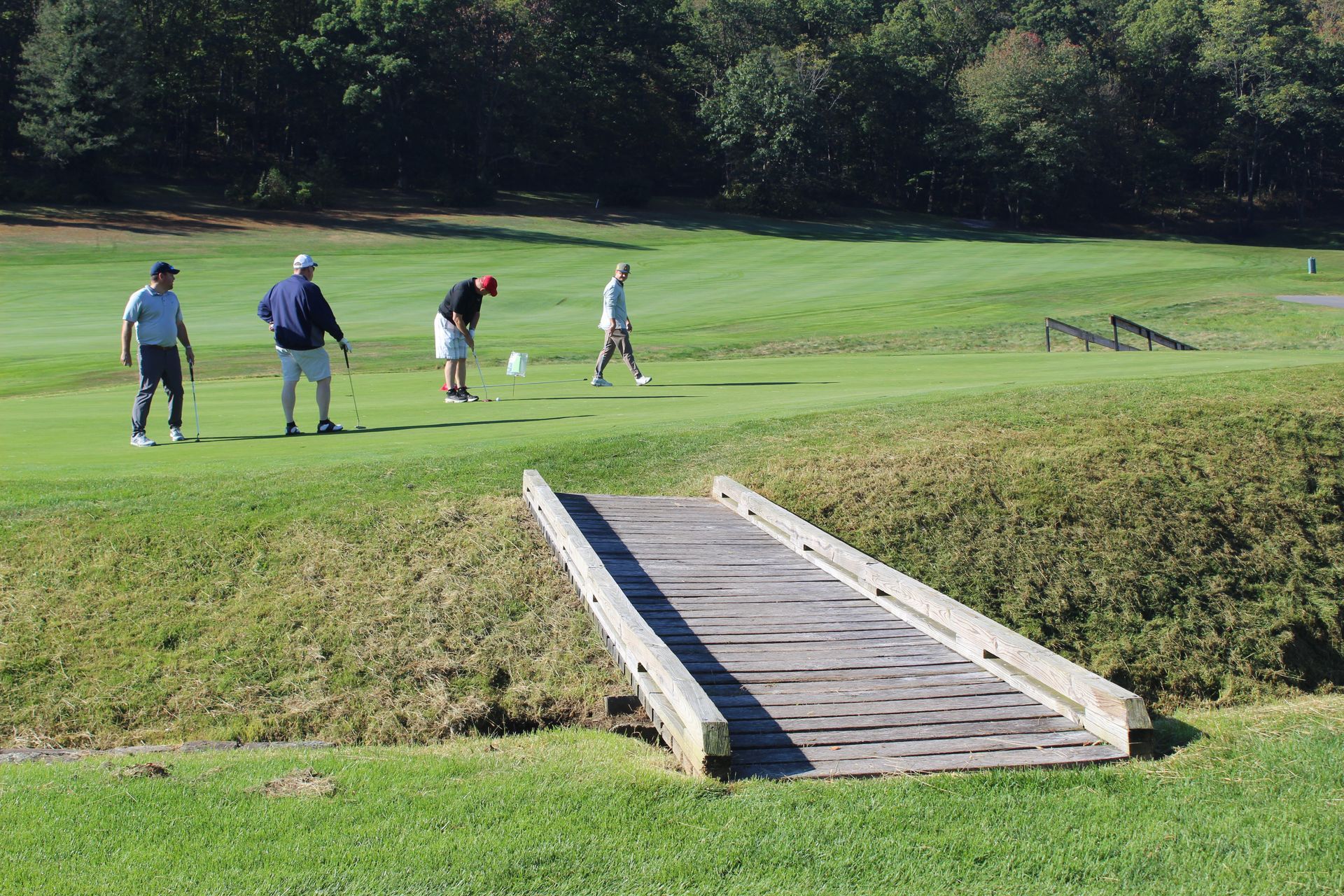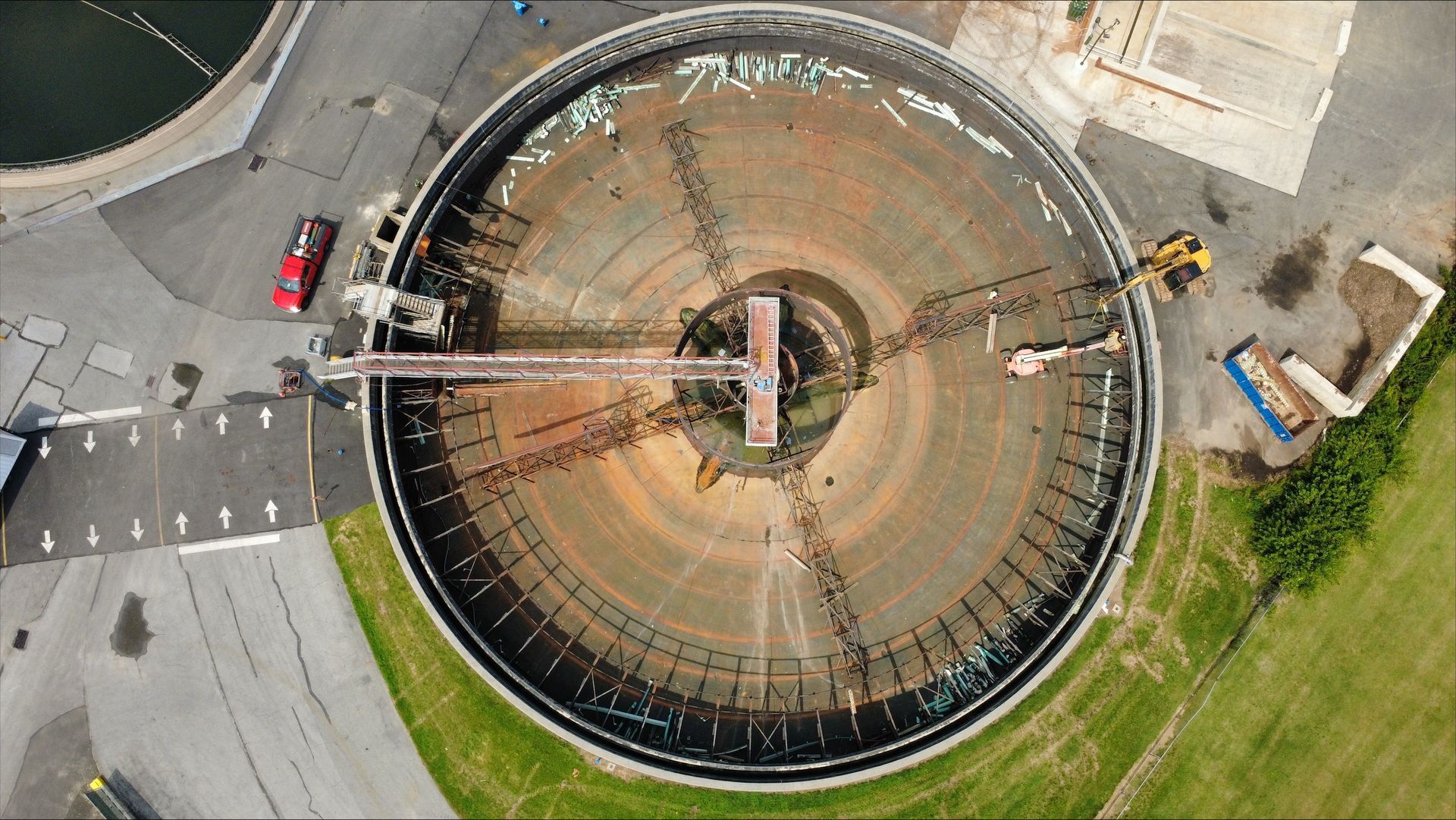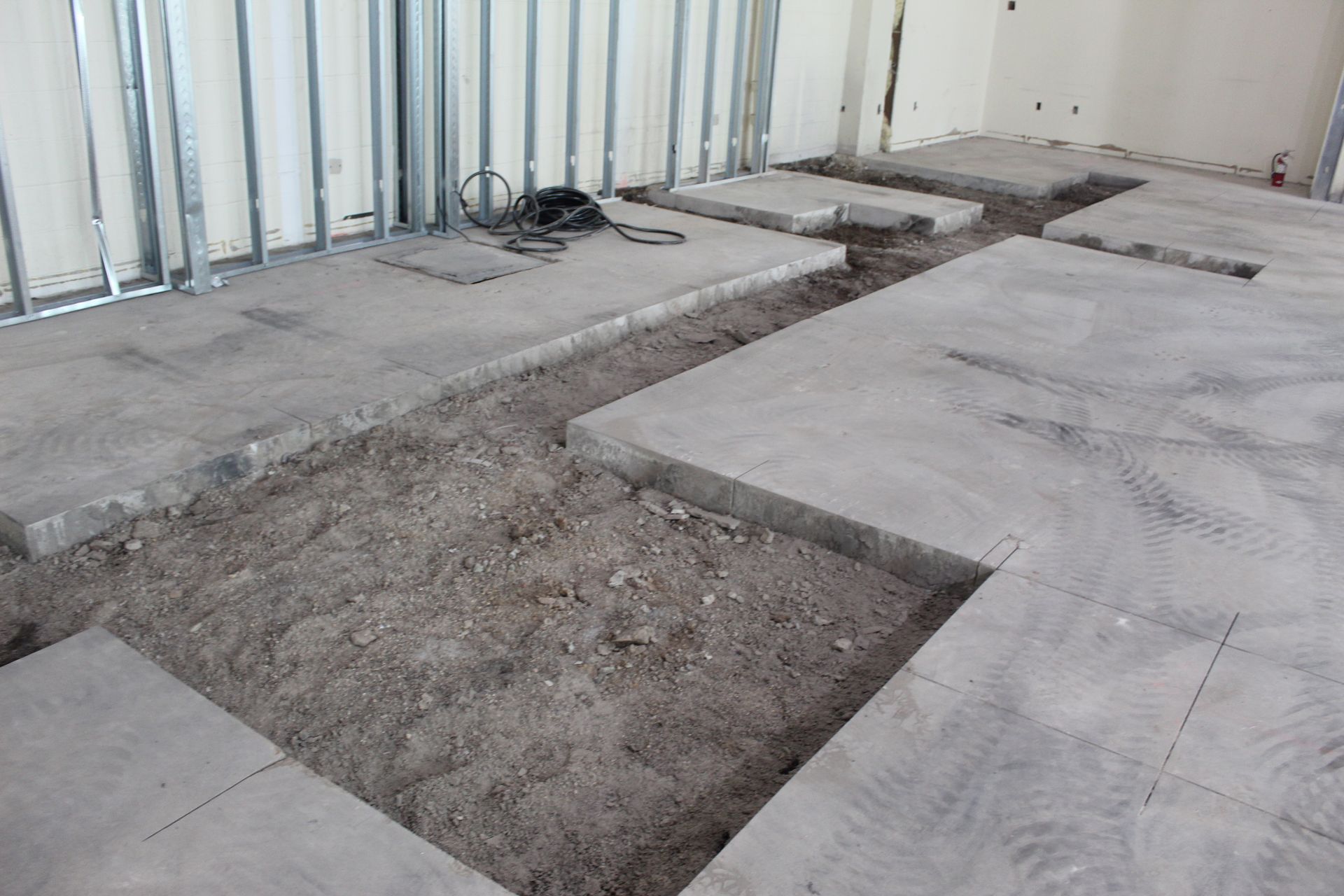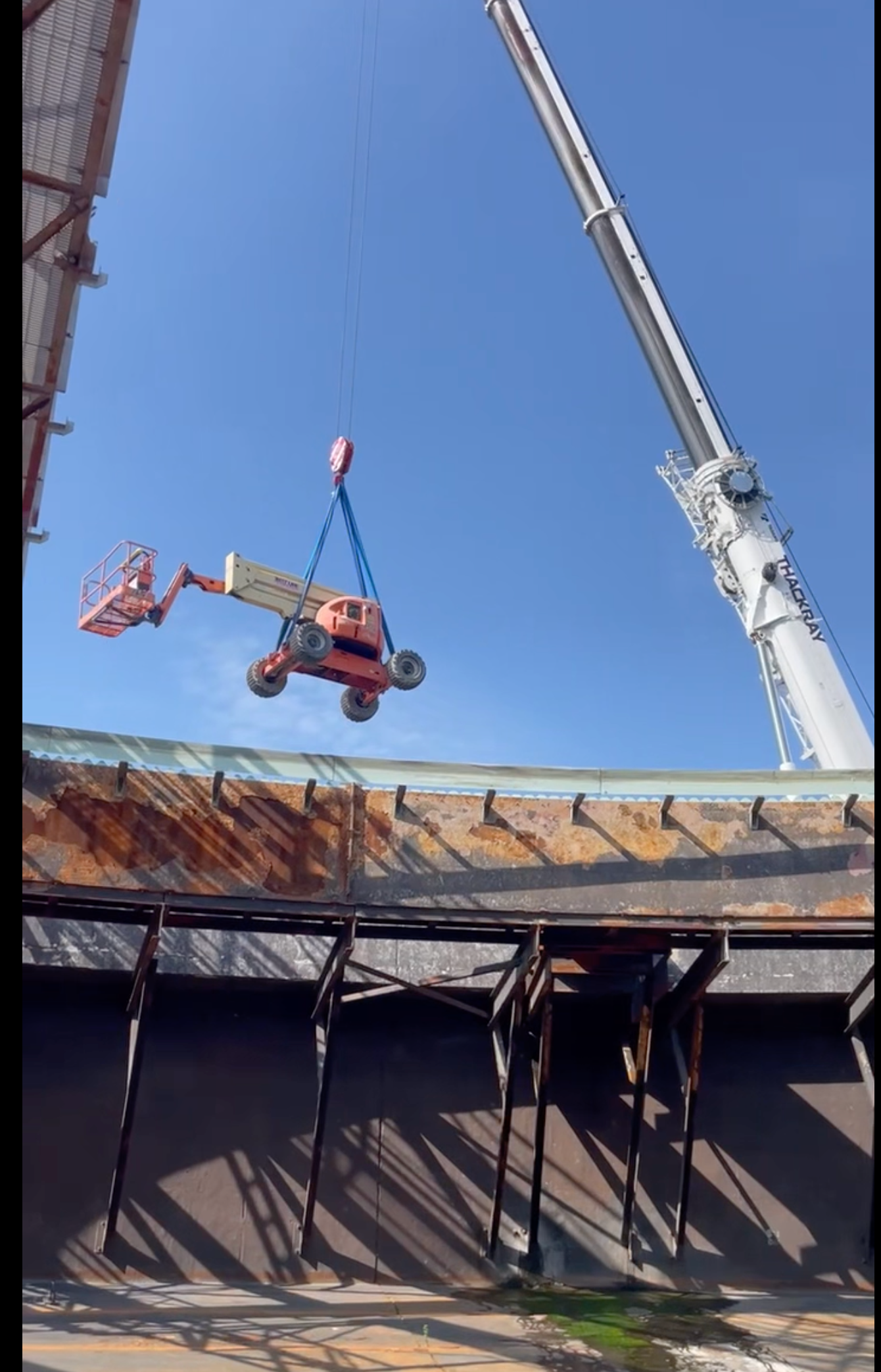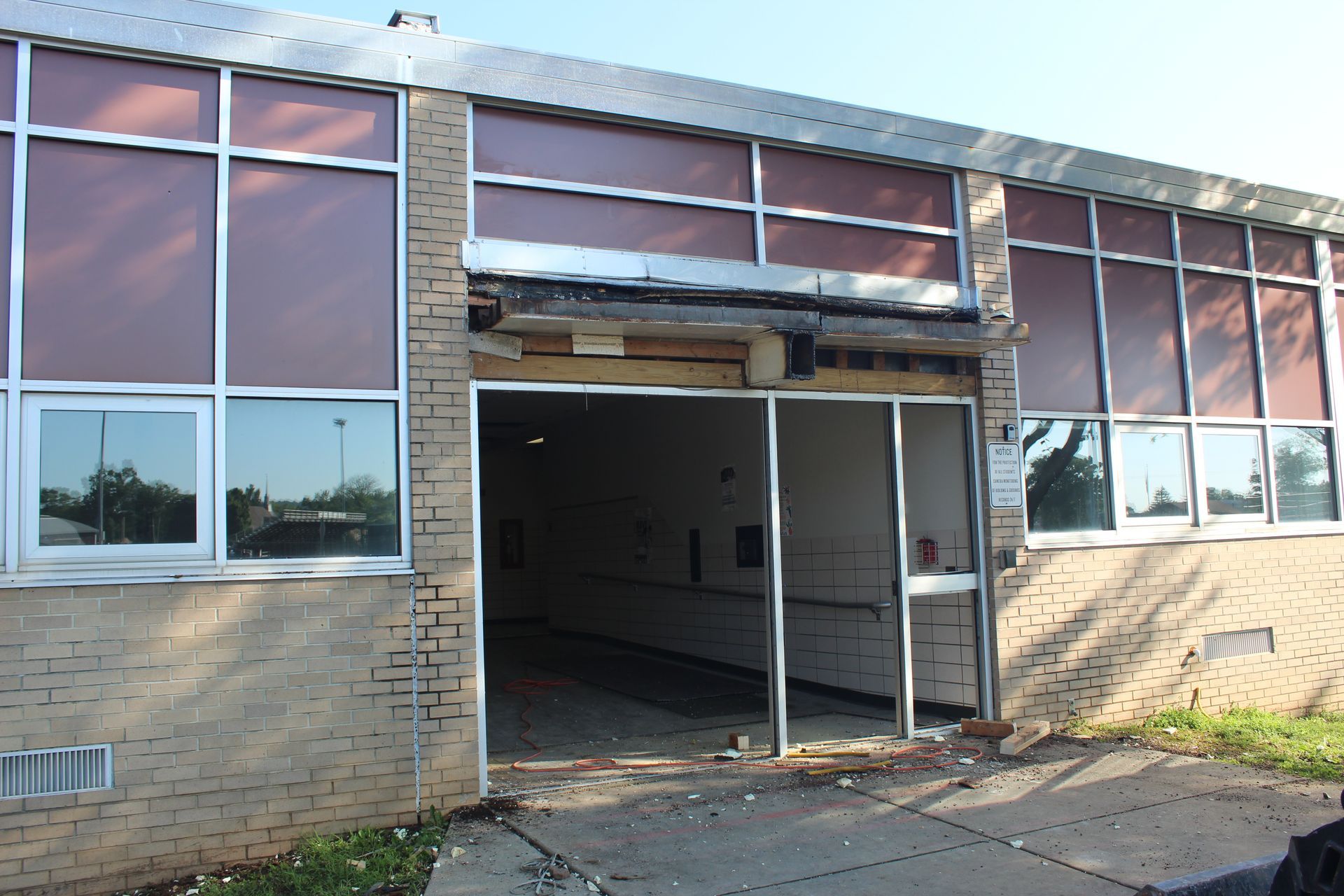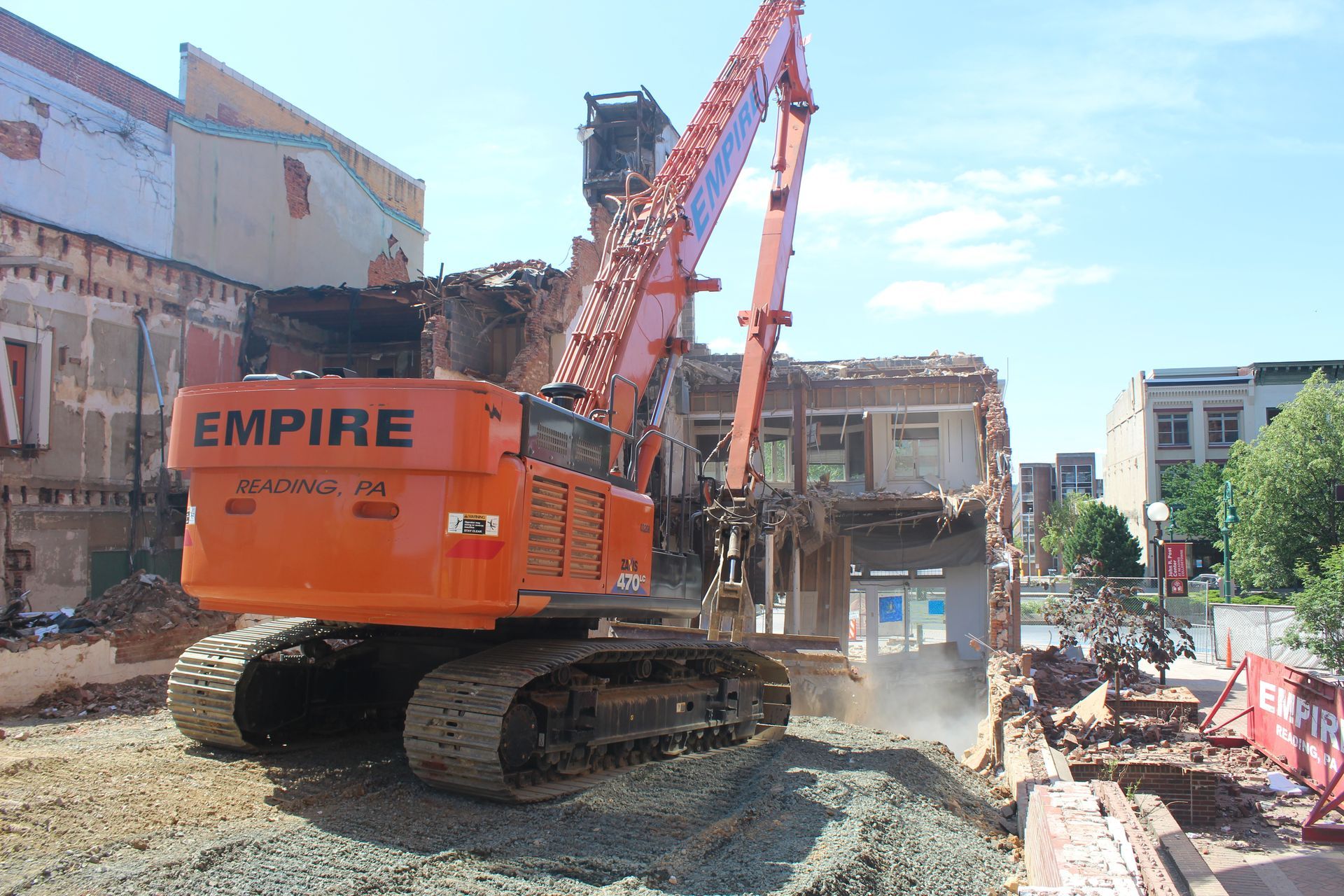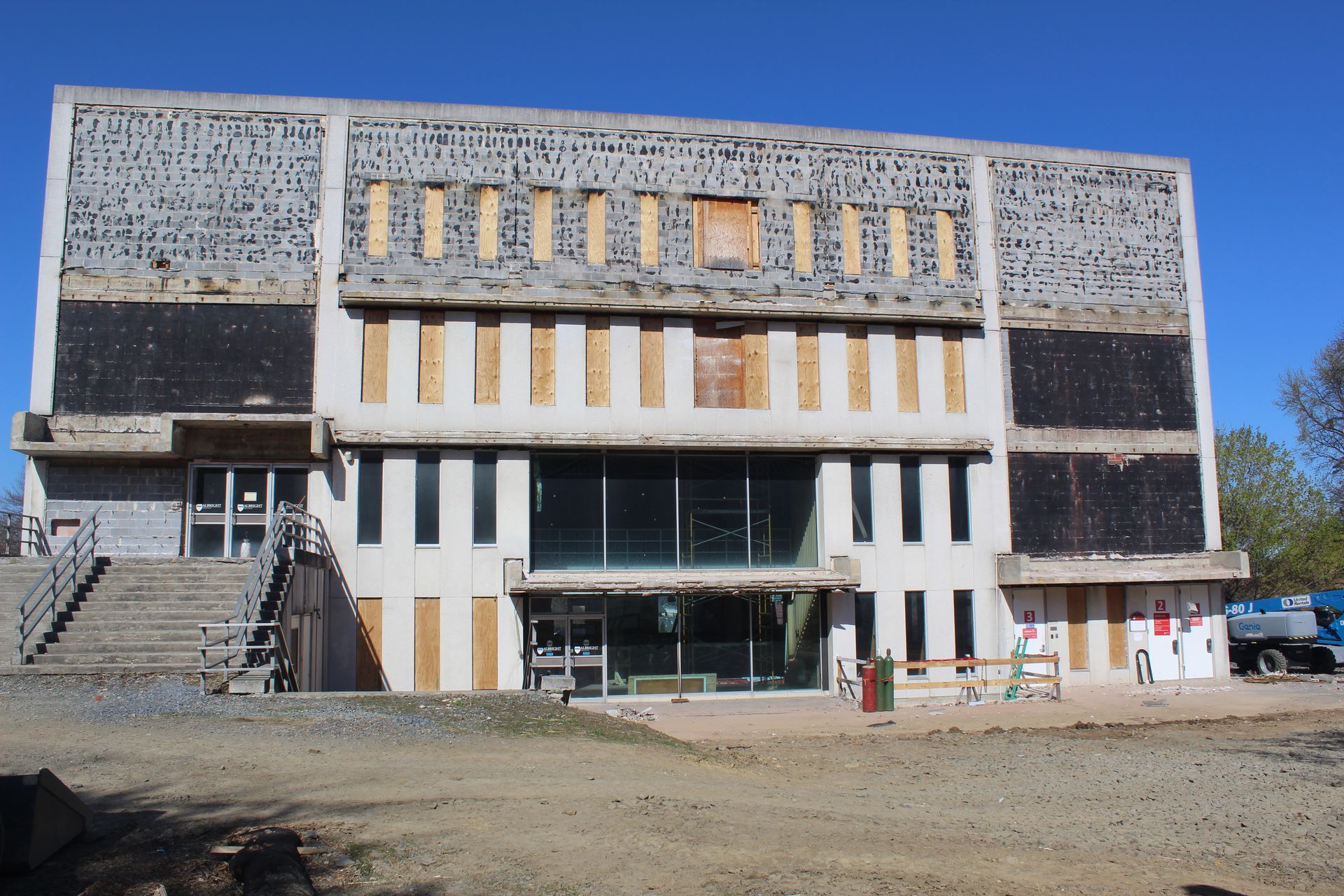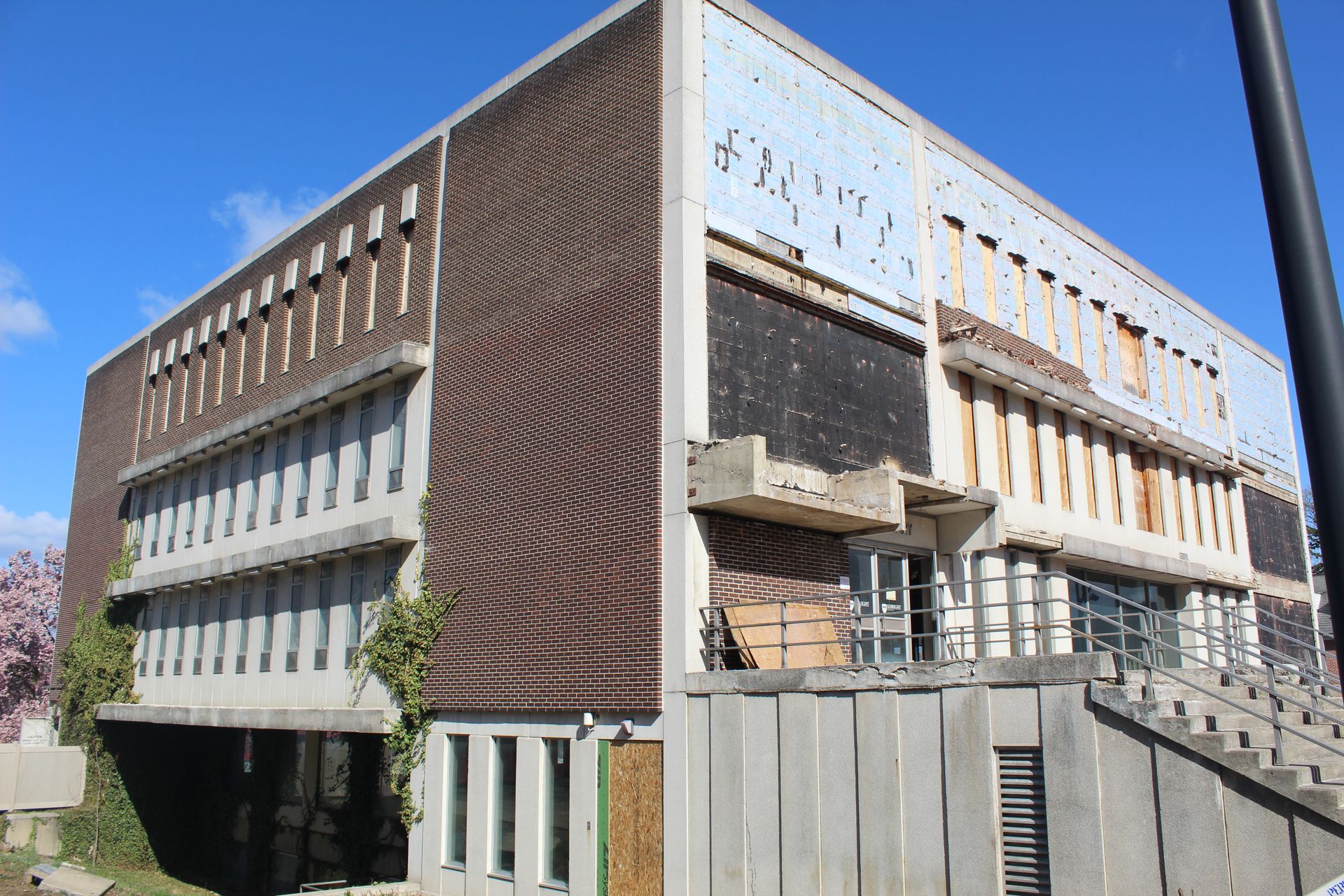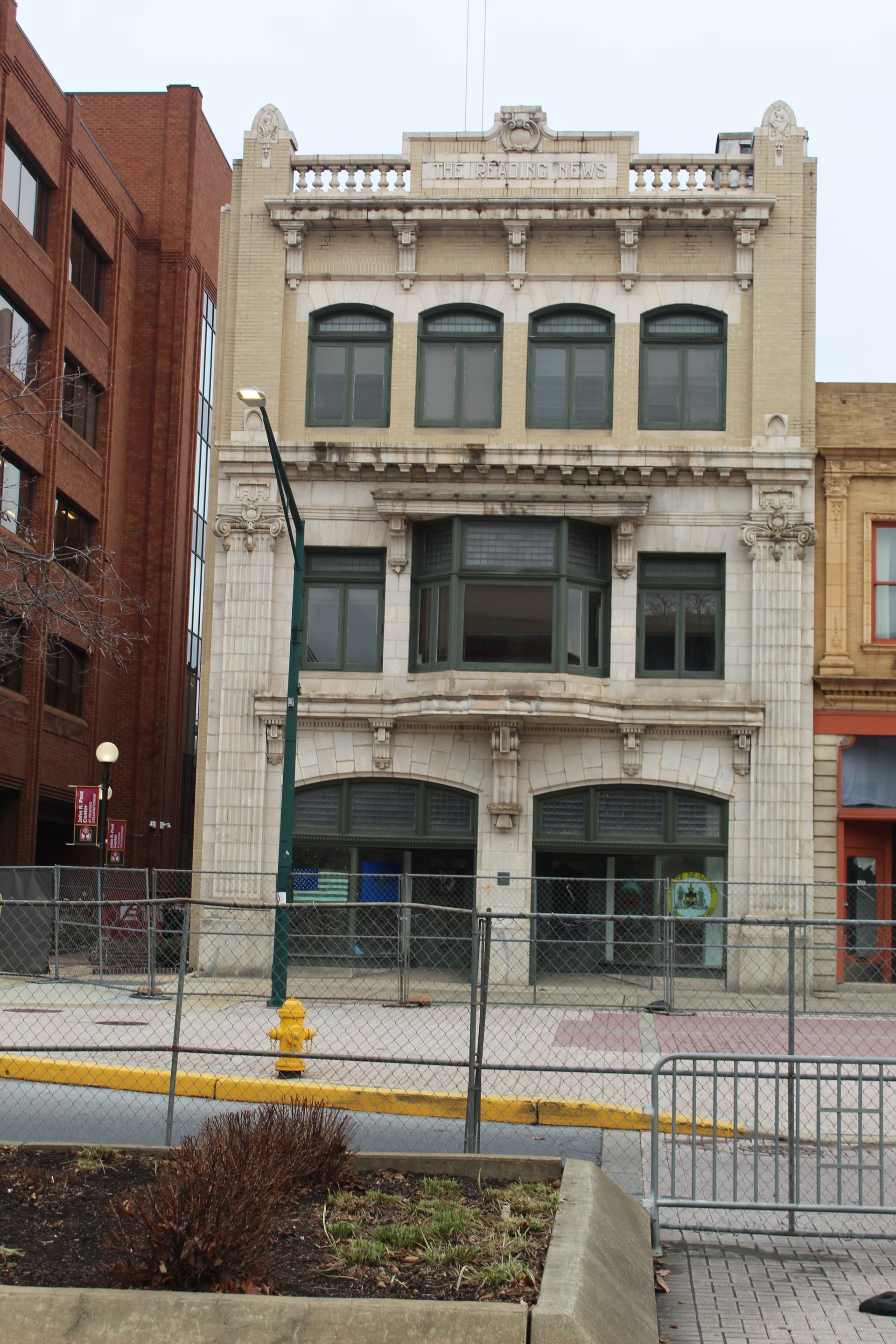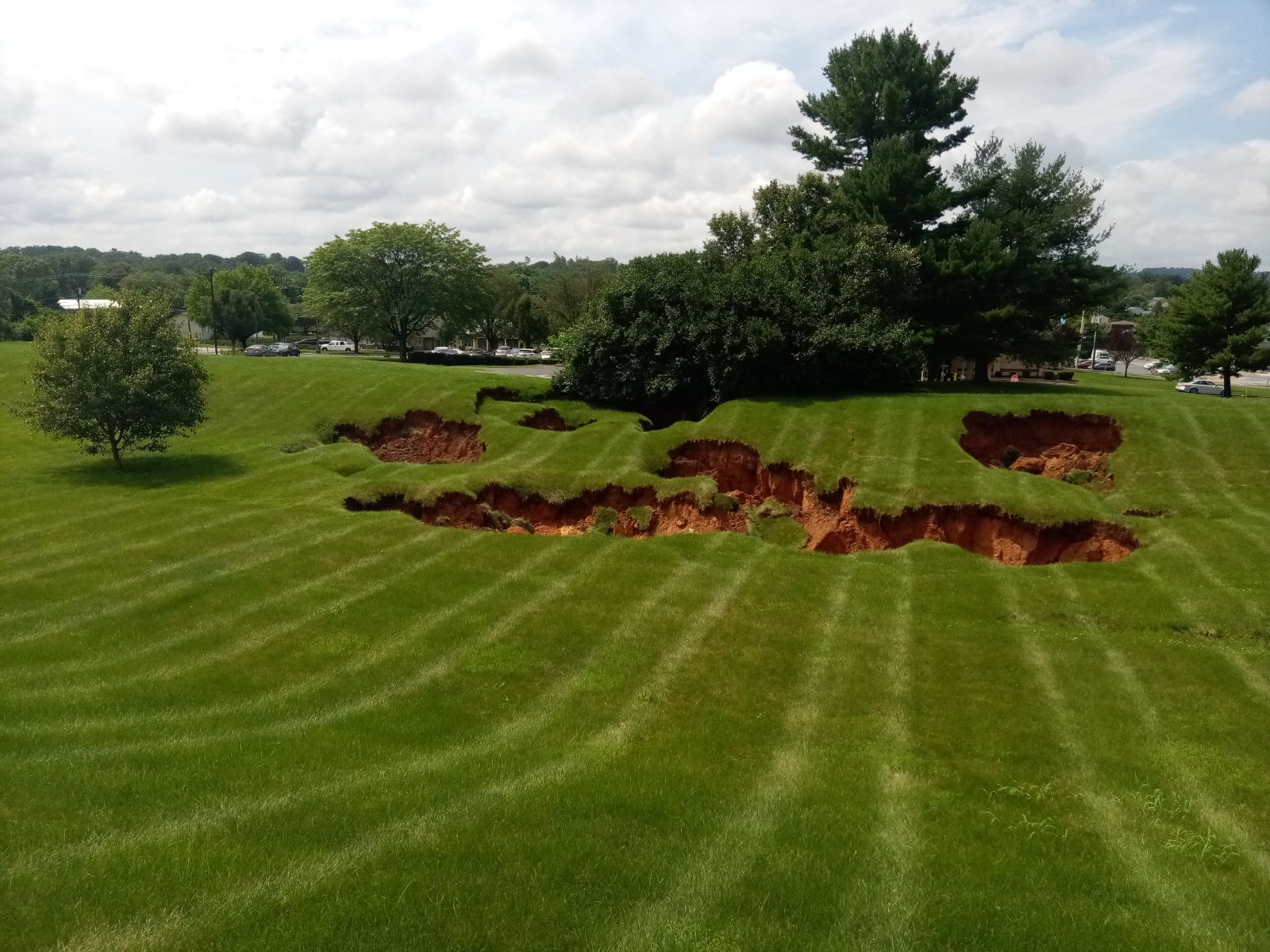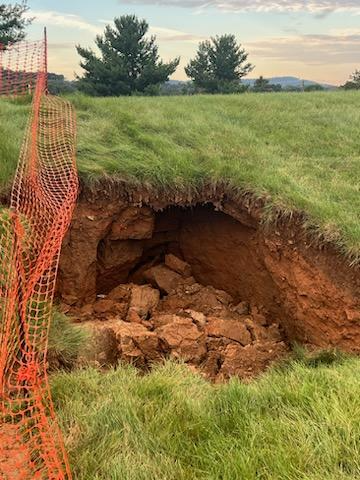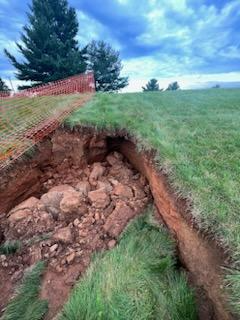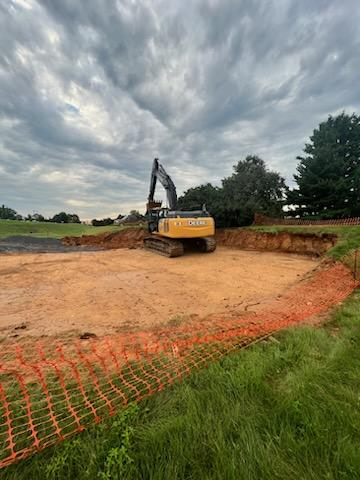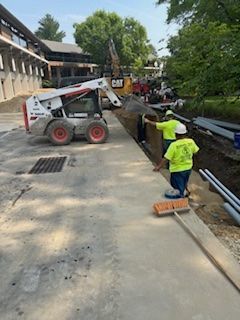A Brief Look at Sinkholes
Sinkholes in Pennsylvania are more common than you think. They are a subsidence feature, a downward movement of surface material that occurs naturally when the soft rock (e.g., limestone, carbonate rock or salt beds) beneath the land surface has dissolved from acidic rainwater or groundwater. The water seeps down through the surface soil and sediment until it reaches the soft rock. The result is an underground cavern which causes the land above to sink (or collapse), pulling a circular section of earth. They can come in a variety of shapes and sizes depending on the size of the collapse. And there are three types of sinkholes: dissolution, cover-subsidence, and cover-collapse. Let’s take a brief look at each one.
Types of Sinkholes
Dissolution: As its name states, the soft rock beneath the land surface dissolved due to rain and/or run-off water causing a depression. There is no or little vegetation to absorb the water where the sinkhole occurred. Most of these sinkholes become ponds and expand over time.
Cover-Subsidence: These sinkholes are found where sand covers the bedrock. They develop when the covering sediments are permeable and contain sand; they spall into the openings underlying the soft rock and eventually cause a downward erosion. Cover-subsidence are smaller and occur less frequently than the other types of sinkholes.
Cover-Collapse: Unlike cover-subsidence sinkholes, cover-collapse are bigger and can develop abruptly. They occur where the overburden soils contain a significant amount of clay in the sediment, spalling into a cavity. The clay forms a bridge to cover the enlarging cavity. Once the bridge breaks, the ground collapses.
Empire Services Tackles Sinkholes
Sinkholes can occur anywhere, including backyards, roadways, and parks. Most recently, they occurred on a commercial property in Berks County, PA. Empire Services was contracted by Penn State Health Medical Group to repair dissolution sinkholes found on an incline near a small group of trees. At the start of the project, the sinkholes were assessed to determine their extent and cause. Next, the crew excavated the area to prep it to receive a layer of impermeable clay and bentonite. Once the area was leveled, they used a compaction roller to proof roll the area. The last step was stabilizing the disturbed area by placing topsoil, seed, and straw mulch on it.
From sinkholes to sanitary sewer line construction, Empire Services offers virtually every type of excavation service required for sinkhole remediation, site preparation, street construction, rock removal, and trenching for site utilities. Contact us today to learn more!
